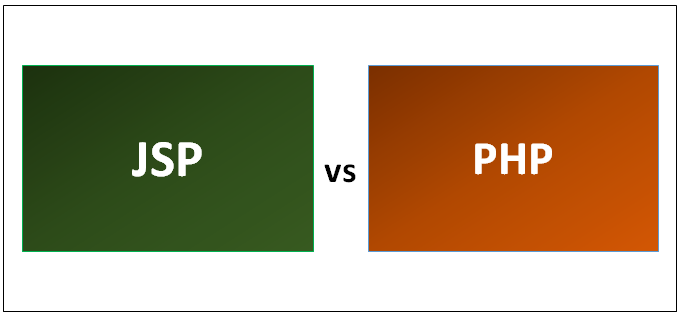

For programmers, using a good and convenient programming language will greatly improve work efficiency, thereby achieving twice the result with half the effort. So how to choose among many programming languages? Today I will compare the respective advantages of the popular programming languages PHP and JSP.
1. Introduction to PHP
PHP is the "hypertext preprocessor" and is a general open source scripting language. PHP is a scripting language executed on the server side. It is similar to C language and is a commonly used website programming language. PHP's unique syntax mixes C, Java, Perl, and PHP's own syntax. It is conducive to learning and widely used. It is mainly suitable for the field of web development.
2. PHP advantages
2.1. Open source code: All PHP source code is actually available.
2.2. Freeness: Compared with other technologies, PHP itself is free and open source code.
2.3. Speed: The program is developed quickly, runs quickly, and the technology itself is learned quickly. Embedded in HTML: Because PHP can be embedded in the HTML language, it is comparable to other languages. Editing is simple, practical, and more suitable for beginners.
2.4. Strong cross-platform capability: Since PHP is a script that runs on the server side, it can run under UNIX, LINUX, WINDOWS, and Mac OS.
2.5. Professional focus: PHP mainly supports scripting languages, both of which are C-like languages.
2.6. High efficiency: PHP consumes very few system resources.
2.7. Object-oriented: In php4 and php5, object-oriented aspects have been greatly improved, and php can be used to develop large-scale commercial programs.
2.8. Image processing: Use PHP to dynamically create images. PHP image processing uses GD2 by default. And it can also be configured to use image magick for image processing
Recommended PHP video tutorial:3., JSP introduction
JSP (full name JavaServer Pages) is a dynamic web page technology standard created by Sun Microsystems. JSP is deployed on the network server and can respond to requests sent by the client and dynamically generate Web pages of HTML, XML or other format documents based on the request content, and then return them to the requester. JSP technology uses Java language as a scripting language to provide services for users' HTTP requests, and can handle complex business requirements together with other Java programs on the server.4. Advantages of JSP
4.1. Cross-platform: Write once and run everywhere
4.2. JSP components are cross-platform: JSP components (Enterprise JavaBeans, JavaBeans or customized JSP tags) are reusable across platforms. Enterprise JavaBeans components can access traditional databases and work in distributed system mode For Solaris, Linux, UNIX and Windows platforms.
4.3. Support multiple web page formats:Currently, there is no clear standard for web page formats supported by JSP technology. Generally speaking, JSP The technology can support not only the traditional browser file format of HTML/DHTML, but also the WML file format used for web page preview on wireless communication devices such as mobile phones, PDAs, etc. It can also support the XML format used by some other B2B e-commerce websites. .
4.4. JSP tag extensibility: Although ASP and JSP both use tags and scripting technology to create dynamic Web pages, JSP technology allows developers to extend JSP tags and customize JSP tag libraries , so web page producers make full use of the powerful functions of XML-compatible tag technology and greatly reduce their dependence on scripting languages. Due to customized tag technology, web page producers reduce the complexity of making web pages.
4.5. Robustness and security: Since the scripting language used by the JSP page is java language, it has all the benefits of java technology, including robust storage management and security.
Recommended Tutorial:The above is the detailed content of Detailed introduction to the respective advantages of php and jsp. For more information, please follow other related articles on the PHP Chinese website!